You've just acquired a new kitchen gadget. It's gorgeous. It promises to revolutionize the way you prepare food.
But there's one question: Are Instant Pots safe?
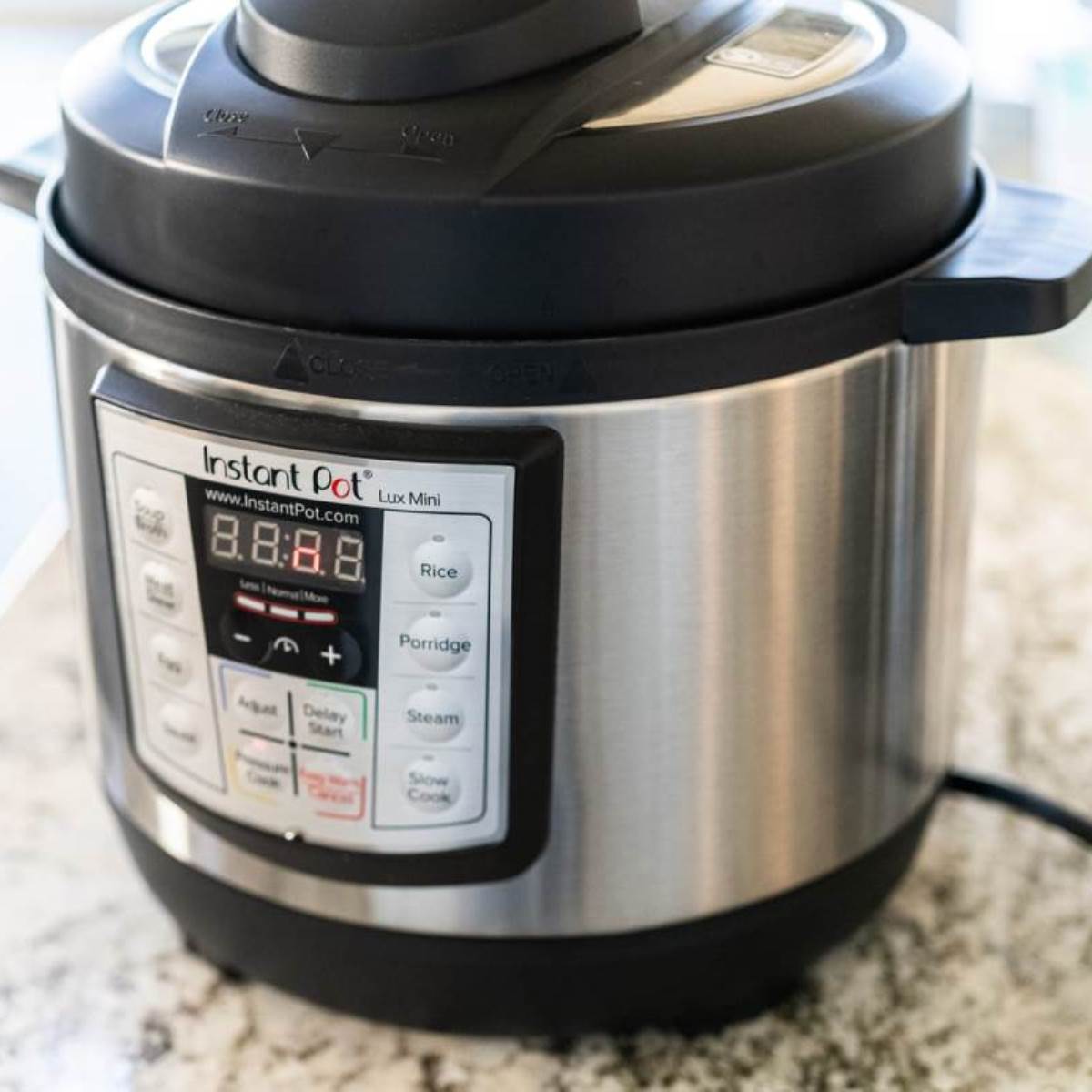
Which Instant Pot models are easiest to use? What shouldn't you use electric pressure cookers for? The questions are piling up—but we have all the answers here at Instant Pot Eats.
Learn all about it below!
Jump to:
- Understanding Instant Pot Safety Features
- Common Safety Concerns with Instant Pots
- How to Use an Instant Pot Safely
- Comparing Instant Pot Safety to Traditional Pressure Cookers
- Expert Opinions on Instant Pot Safety
- Enhancing Your Instant Pot's Safety Through Maintenance
- Instant Pot Safety: Frequently Asked Questions
- Are Instapots Safe to Cook In? The Bottom Line
Understanding Instant Pot Safety Features
Instant Pots come packed with safety features that might remind you of a superhero's utility belt—always ready to prevent disaster.
Initially, the mechanism that secures the lid using the silicone sealing ring acts as a safeguard, preventing any buildup of pressure unless it's correctly fastened. Imagine it as the guardian of your culinary realm, vigilantly ensuring everything remains secure and orderly within its domain.
Then there’s the pressure control system, which acts like an internal thermostat. It keeps the pressure at a steady level to avoid unexpected overpressure situations. This feature is essentially your pot's way of saying, "Let’s keep things cool."
Last but not least, we've got thermal protection. If your Instant Pot gets too hot while you're whipping up a delicious Instant Pot ratatouille, this kicks in to prevent overheating—think of it as the device taking a chill pill for safety’s sake.
Common Safety Concerns with Instant Pots
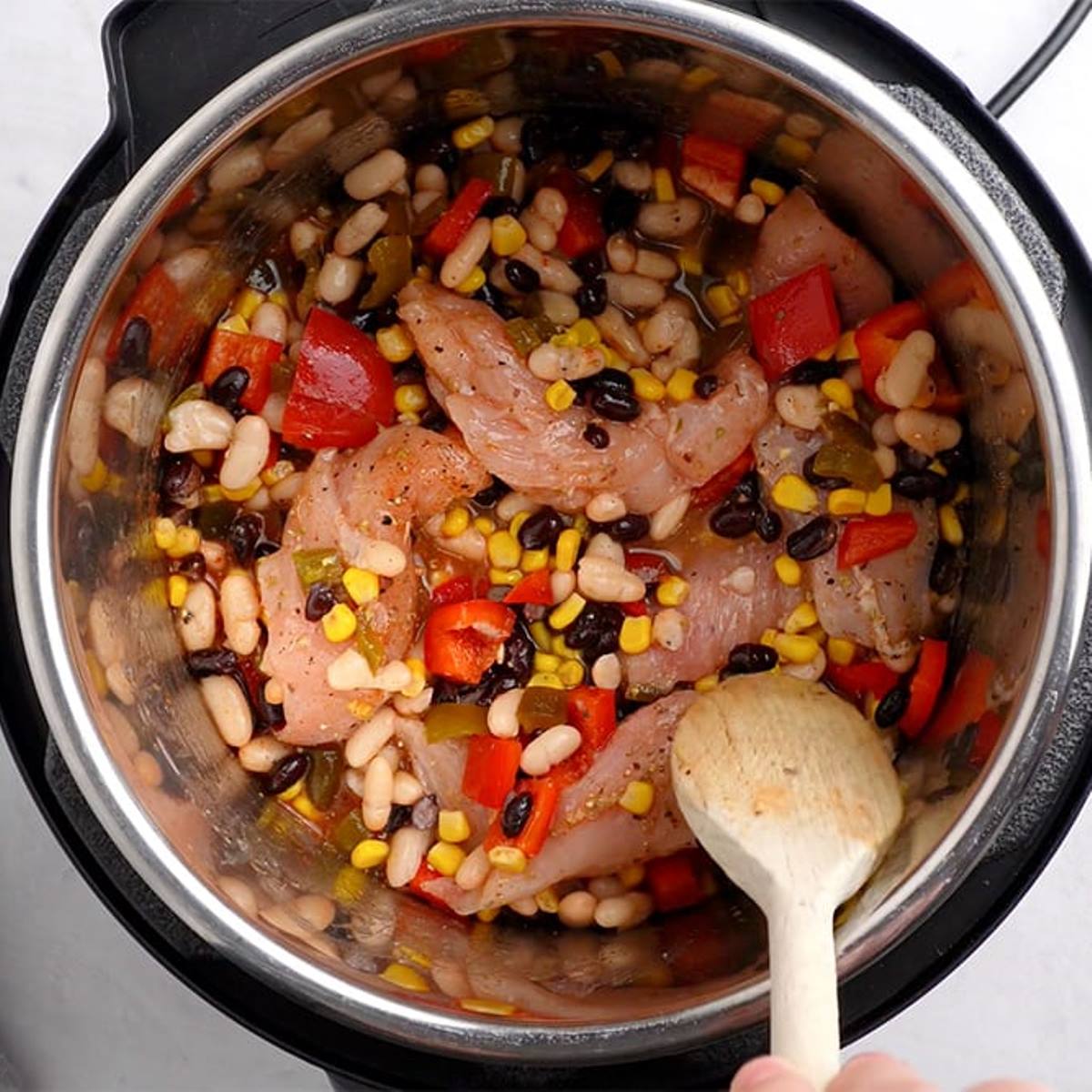
When it comes to cooking, safety is a top priority. Particularly for gadgets such as Instant Pots that employ both pressure and thermal energy to expedite the cooking process and make recipes like beef bone broth more accessible to home chefs, ensuring safety becomes paramount.
One major concern people have is the potential for explosions or burns due to releasing pressure cooker steam. Modern Instant Pots, such as the Instant Pot Duo, are thoughtfully designed with a variety of safety mechanisms to mitigate the risk of mishaps.
Another worry revolves around electrical malfunctions that could lead to fires. However, Instant Pots are built following strict electrical standards and undergo rigorous testing before hitting the market to ensure their reliability and safety.
Furthermore, in the very rare instances when a design flaw has been identified, the company has issued an immediate product recall, as reported by the New York Times.
Last but not least, there's the question of chemical leaching from non-stick coatings used in some models. The good news? The Instant Pot's inner pot is made from food-grade stainless steel without any coating at all, sidestepping this issue entirely.
How to Use an Instant Pot Safely
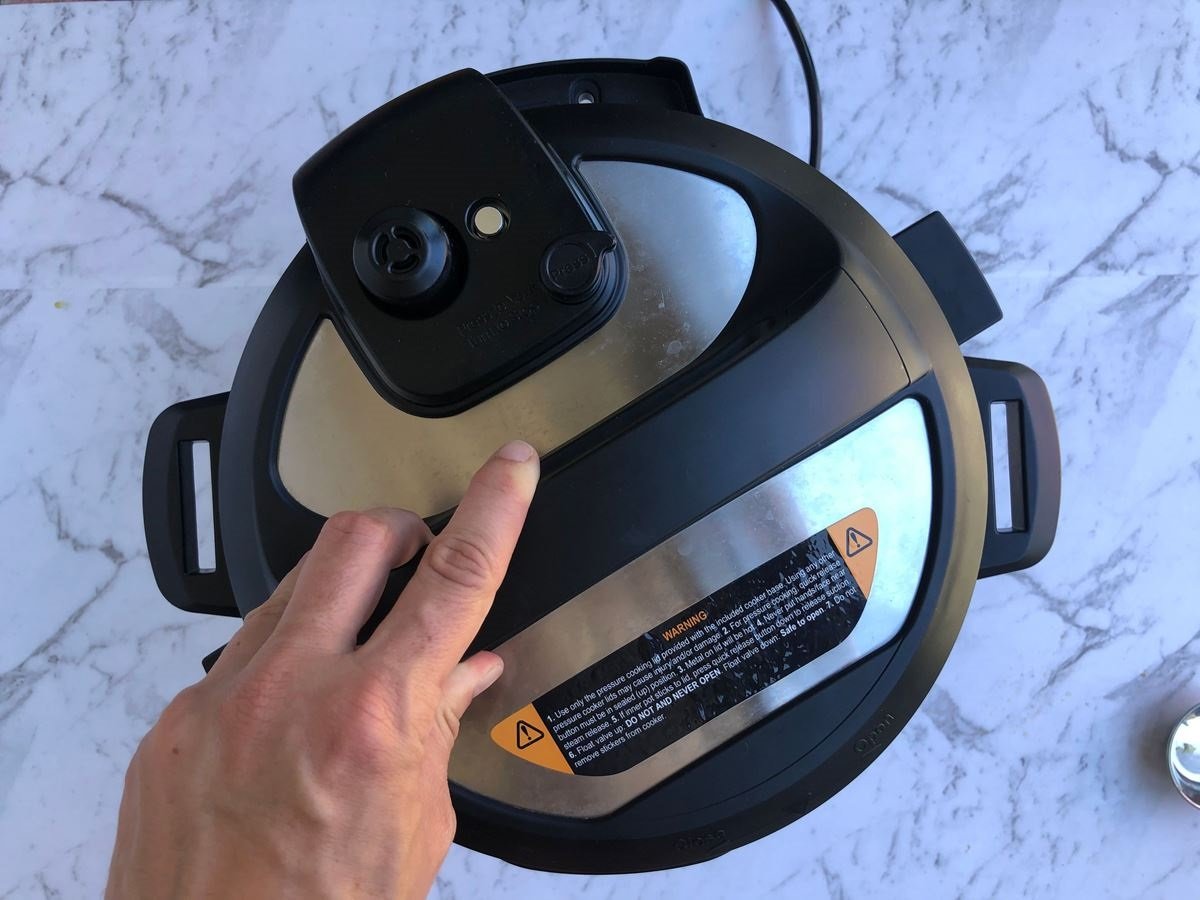
Instant Pots are among the most useful tools you can equip your kitchen with, but like any tool, they must be used correctly to avoid mishaps. To ensure your culinary adventures remain hazard-free and delightful, heed this advice.
First off, always check that the sealing ring is clean and properly placed. A misplaced seal can turn a quick dinner into a kitchen disaster faster than you can say "pressure cooker explosion."
Next, never overfill your pot, whether you're using it to prepare a hearty beef ragu or as a rice cooker. Stick to filling it no more than two-thirds full for most foods and halfway for foods that expand during cooking.
Last but not least, give your Instant Pot some personal space on the countertop. Keeping it away from overhead cabinets helps prevent steam damage both to your cabinets and the pot's electronics.
Armed with this guidance, you're all set to whip up meals both safely and effectively.
Comparing Instant Pot Safety to Traditional Pressure Cookers
The leap from a traditional stovetop pressure cooker to an Instant Pot is like going from a flip phone to a smartphone. Sure, both can make calls (or, in this case, cook food), but the latter comes packed with features designed for convenience and safety.
Using old-school pressure cookers means you're always on your toes, eyeballing the process to avoid mishaps. On the other hand, Instant Pots boast automatic shut-off mechanisms and multiple safety valves that take much of the guesswork out of cooking under pressure.
They also come with a specialized Instant Pot silicone mitt for safe handling of any components! While it's best not to poke the pot while you pressure cook, this means that if you need to adjust anything, you can do so safely.
To understand more about how these devices manage safety so effectively, you might want to check out Instant Pot's official guide on their built-in safety features. For those still undecided, this revelation might just tip the scales towards embracing the change.
Expert Opinions on Instant Pot Safety
Culinary wizards and safety gurus agree: the Instant Pot is a kitchen game-changer. But what about its safety? Exploring the wisdom of culinary experts uncovers a strong belief in the innovative architecture of today's cooking appliances.
Built-in features like temperature control and pressure release make it safer than grandma's pressure cooker. Experts advise that the risk of injury by using an Instant Pot to cook is much lower than that of traditional stovetop pressure cookers, which lack the safeguards of their modern counterparts.
Every Instant Pot is put through a tough series of checks to guarantee it stands up to strict safety criteria before it ever makes its way into your kitchen. And let's not forget the countless meal prep enthusiasts who've swapped out traditional cooking methods for an Instant Pot, citing not only ease of use but peace of mind when it comes to safety.
Also read: Does Instant Pot Use Induction? Discover the Cooking Mechanism
Enhancing Your Instant Pot's Safety Through Maintenance
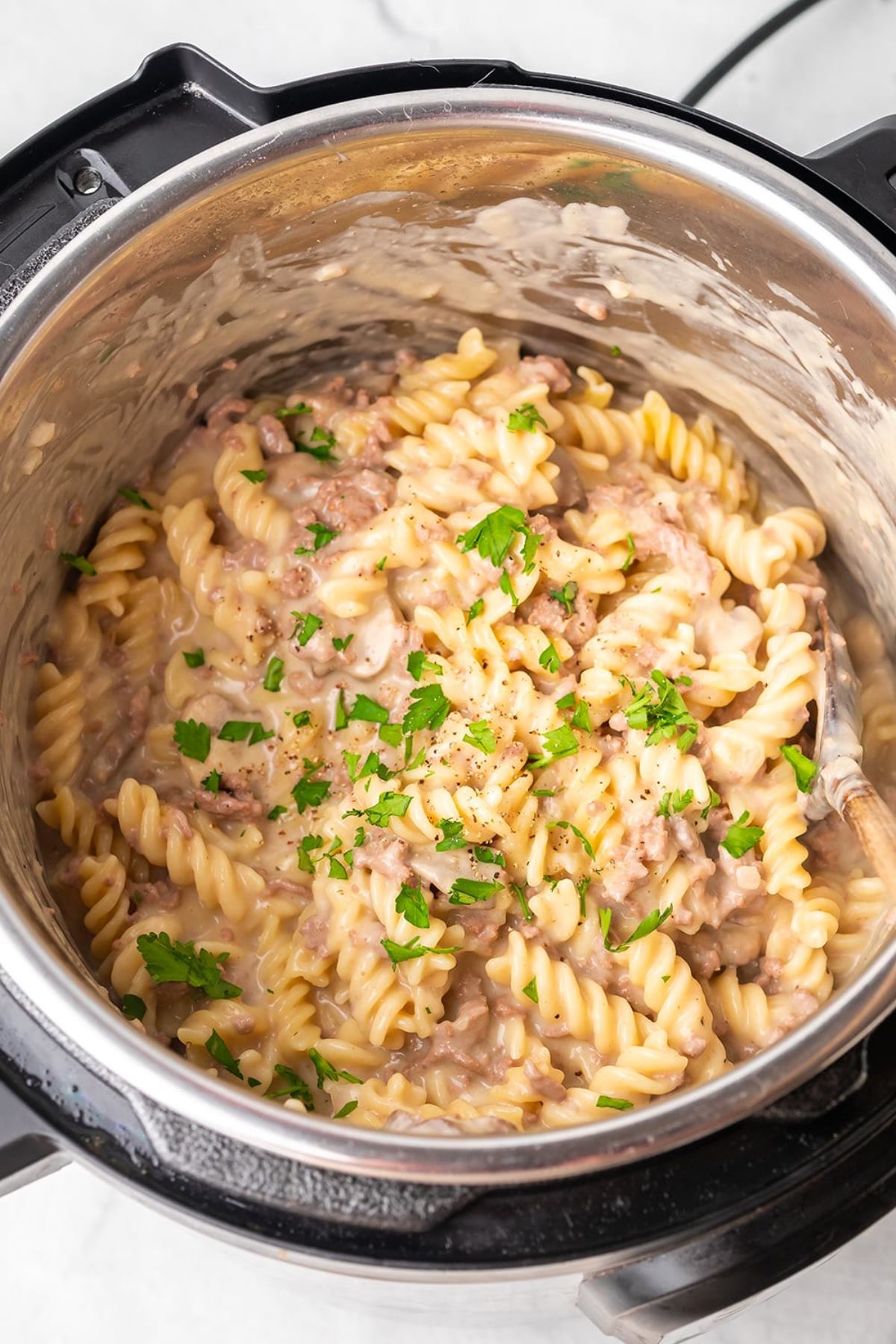
Regular upkeep of your Instant Pot, which involves more than just cleanliness, plays a vital role in safeguarding its operation and extending its life. Think of it as the health check-up your kitchen buddy needs to perform at its best.
1. Inspect the Sealing Ring
First off, always inspect the sealing ring for wear and tear. A compromised seal can lead to steam leaks, which are no joke when you're dealing with pressure cooking. Replacing the sealing ring every 12-18 months is recommended by Instant Pot’s official support page.
Check out our Instant Pot accessories guide to learn more!
2. Keep the Lid & Inner Pot Clean
Cleaning the lid and inner pot after each use prevents build-up that could obstruct sensors or vents. For those hard-to-reach spots, a small brush does wonders. And remember, while dishwasher safe for most parts, hand washing extends their life span.
Related: How to Clean Instant Pot
3. Contact the Manufacturer for Electrical Problems
If your Instant Pot develops any electrical issues, the safest bet is to contact the customer service team using the Instant Pot official number (800-828-7280) or get in touch using the contact form on the Instant Pot website.
Instant Pot Safety: Frequently Asked Questions
Wondering if your Instant Pot might suddenly decide to redecorate your kitchen with tonight's dinner? Fear not. Here, we'll tackle the burning questions about Instant Pot safety.
The thought of pressure cookers blowing their tops can be terrifying. But modern Instant Pots come equipped with multiple safety features designed to prevent such disasters. These include lid locks and overpressure protection that kick in well before things get out of hand.
While it's tempting to set it and forget it, staying near to your Instant Pot while cooking ensures you're on hand should anything go awry. However, thanks to built-in timers and auto-shut-off functions, short absences won't spell disaster.
Yes. Provided you follow the manufacturer's instructions for your Instant Pot model when pressure cooking food, you're completely safe when cooking in an Instant Pot.
Yes! Instant Pots are made using nontoxic food-grade stainless steel, and all components are safe to cook with.
You can leave your Instant Pot unattended when using it to slow-cook food such as chicken bone broth. However, it's good practice to check on any electric cooking appliance every 10-15 minutes.
Are Instapots Safe to Cook In? The Bottom Line
So, are Instant Pots safe?
That would be a resounding "yes!"
An Instant Pot is many things: an electric pressure cooker, a slow cooker, a yogurt maker, a sauté pan, and an all-around kitchen marvel.
Of course, you'll always want to observe basic safety precautions. Any type of cooking can be dangerous with the wrong attitude!But you have nothing to worry about when using your Instant Pot for pressure cooking or any other purpose. If in doubt, check out our full list of safety tips and guide for beginners on Instant Pot Eats!




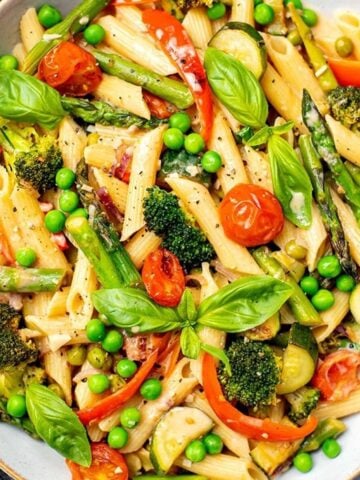
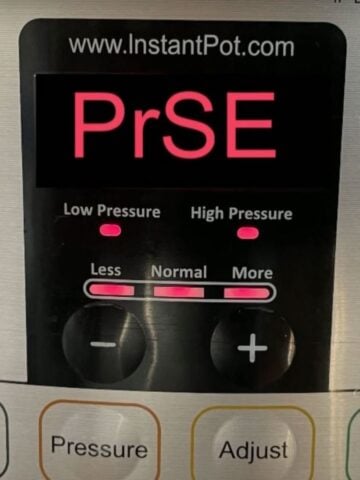

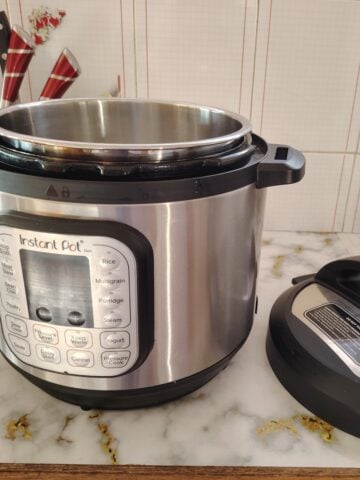


bdg game login
Thanks for this informative post! I’ve been considering getting an Instant Pot but had some concerns about safety. It's great to know that with proper usage and maintenance, they can be a reliable kitchen tool. I appreciate the tips on how to handle it safely!
Kris
Love my Instant Pot and just made black bean soup last night. I remember my mom cooking chili in her stove-top pressure cooker. Used to love to watch that relief valve rock back and forth but it never sounded too safe and I'm pretty sure my mom would allow watching, but at a distance. If anyone is on the fence about his product...don't be. You will love it.